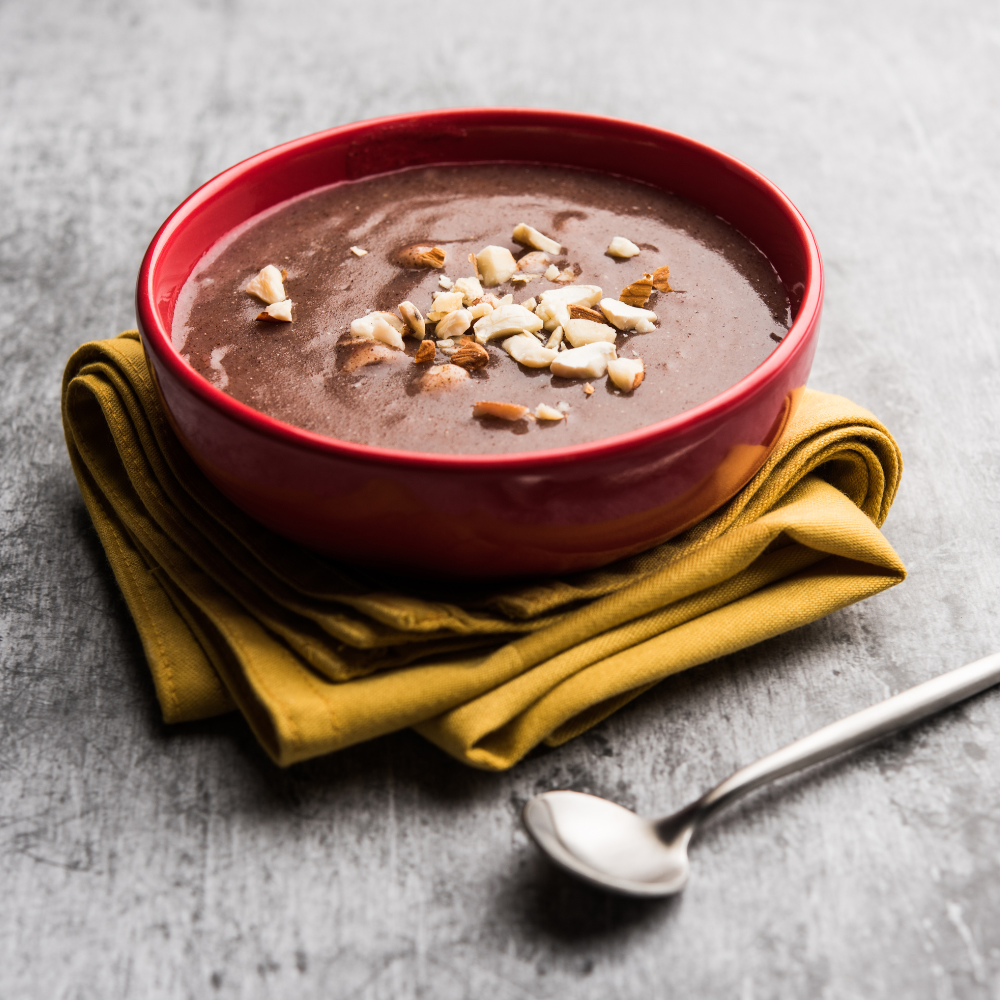When it comes to choosing between millet and rice, many people often find themselves in a dilemma. Millet vs rice – What is more beneficial to health? Which one should you eat? While both are good energy sources, there are some significant benefits of eating millet instead of rice.
So, this blog post is here to explore the differences between these two grains in detail and help you make an informed decision based on their unique nutritional profiles and suitability to your dietary needs. So, let’s begin.
Millet vs Rice: Different Nutrition Requirements and Lifestyles
One of the first things to consider when it comes to rice vs millet is your dietary needs and lifestyle. Both grains offer distinct advantages depending on your requirements.
If you are gluten-free or have gluten allergies, millet may be a better choice for you as it is naturally gluten-free. Rice, on the other hand, includes gluten and may not be suitable for gluten intolerance conditions.
Furthermore, if you are on a low-carb or keto diet, rice may not be the best option. Different varieties of millets, on the other hand, has fewer carbs than rice, making it a better choice for people wanting to limit their carb intake.
Millet vs Rice: Individual Objectives and Preferences
Another essential consideration when deciding between millet and rice is your own goals and preferences. Millets for weight loss- It may be a terrific addition to your diet if you want to shed weight or maintain a healthy weight. It is high in fibre, which keeps you fuller for longer and assists digestion.
Furthermore, millet has a lower glycaemic index than rice, which means it produces a slower rise in blood sugar levels, making it a good choice for people with diabetes or those trying to control their blood sugar levels.
Rice, on the other hand, might be a decent alternative if you need a rapid source of energy or need to restore glycogen levels after heavy physical exercise. Rice is quickly digested and provides a quick amount of carbs, making it an excellent choice for athletes or anyone who engages in high-intensity activities.
Millet vs Rice Nutritional Profile
To further understand the differences between millet and rice, let's take a look at their nutritional profile. The table below compares the nutritional values of 100 grams of cooked millet vs white rice according to the USDA:
|
Nutrient |
Millet (100g) |
White Rice (100g) |
|
Calories |
119 kcal |
300 kcal |
|
Carbohydrates |
23.7g |
28.2g |
|
Protein |
3.51g |
2.69g |
|
Fat |
1g |
0.28g |
|
Fibre |
1.3g |
0.4g |
|
Calcium |
3mg |
10mg |
|
Iron |
0.63mg |
1.2mg |
|
Vitamin B6 |
0.1mg |
0.09mg |
|
Vitamin E |
0.02mg |
0.04mg |
Nutritional Comparison Between Millet and Rice
Let's compare the Rice and Millet Nutrition, taking into consideration glycaemic index, carbs, calories, dietary fibre, protein, vitamins and minerals, and fats.
Glycemic Index of Millets vs Rice
One of the primary benefits of eating millet instead of rice is millet has a lower glycaemic index than rice. This index evaluates how rapidly a diet boosts blood sugar levels. Thus, millet is a good choice if you are worried about blood sugar control and treating diabetes.
Carbs
Moving on to carbs, both millet, and rice include them, but the types and quantities vary. Millet contains more complex carbs that are slower to digest and give longer-lasting energy. Rice, on the other hand, has more simple carbs, which break down rapidly into sugar and might induce blood sugar rises.
Calories
Millet and rice calories are almost equivalent. It is crucial to remember, however, that the calorie content of each grain varies depending on the kind and cooking.
Dietary Fibre
When it comes to dietary fibre, millet comes out on top. It is well-known for having a high fibre content, which assists digestion, regulates blood sugar levels, and supports intestinal health. Rice, particularly refined white rice, has a significantly reduced fibre content.However, you can opt for Ajara Ghansal Rice, which is a good source of fibre.
Protein
Millet is the apparent winner in terms of protein. It is high in protein, making it an excellent choice for vegetarian or vegan diets. Rice, while high in protein, falls short in contrast.
Vitamins and Minerals
Millet and rice both provide vital vitamins and minerals, although the quantities differ. Millet is abundant in iron, magnesium, and phosphorus, but rice is strong in B vitamins, notably thiamine and niacin.
Fats
When it comes to fats, both millet and rice are low in fat content, making them ideal for people who are managing their fat consumption.
Millet vs Rice: Cultural and Regional Preferences
When you adopt a diet, the cultural and regional preferences also matter, notably in India. So, let’s understand this aspect of rice and millet as well. Rice has a unique position in Indian cuisine and is used in a variety of ethnic recipes. It is firmly embedded in numerous Indian states' culinary traditions and cultural practices.
Millets, on the other hand, have had a renaissance in recent years as a result of their health advantages. Millets are prevalent in certain parts of India, particularly in South India, where dishes like idli, dosa, and ragi roti demonstrate their flexibility.
Diet and Weight Loss
When it comes to diet and weight loss, both millet and rice can be included in a balanced eating plan. However, due to its lower glycaemic index and higher fibre content, millet may be a more favourable choice for effective weight loss or management.
Millet vs Rice: Specific Health Conditions
As explained earlier, millets are an excellent alternative for health conditions such as gluten intolerance or celiac disease. Additionally, millets have been linked to improved cardiovascular health. They are also effective for diabetes and controlling obesity.
FAQs: Millet vs Rice: Benefits of Eating Millets Instead of Rice
What is millet rice?
Millet rice refers to rice made from millet grains, such as foxtail millet or other varieties of millets. It is a nutritious alternative to traditional rice and offers a unique flavor and texture.
What are the nutritional benefits of millet?
Millet offers numerous health benefits, including being rich in fiber, antioxidants, and essential nutrients like magnesium, phosphorus, and iron. They promote digestive health, regulate blood sugar levels, and support overall well-being.
Is millet more nutritious than rice?
Millet is often considered more nutritious than rice due to its higher fiber, protein, and nutrient content. It also has a lower glycemic index, making it suitable for managing blood sugar levels.
How many carbohydrates are in millets?
Millets are a good source of carbohydrates, providing energy for the body. The exact amount of carbohydrates can vary depending on the type of millet, but they generally contain around 23.7 grams of carbohydrates per 100g serving.
Comparison of Brown Rice vs Millet vs Wheat
So far, this blog has covered the differences between white rice and millet. What about brown rice and wheat, though? Let's talk about them as well. Millets, according to experts, are a better alternative than rice and wheat.
Unlike wheat, they are gluten-free and have a lower glycaemic index than all forms of rice. Furthermore, each millet has a unique flavour and enables a variety of culinary experimentation. This adds excitement and innovation to your food, making it more enticing to the entire family!
To summarise, millet and rice each offer distinct advantages and nutritional attributes. However, millet proves to be a better choice for various health conditions, specific dietary requirements, and individual health goals.
So, the next time you debate millet vs rice, keep the reasons described above in mind and make an informed decision that meets your needs while also promoting a healthy lifestyle. Get advice from a healthcare expert if necessary, and strike a balance that works for you.










